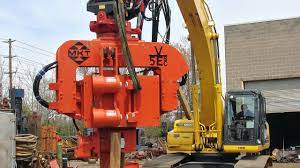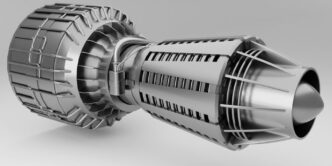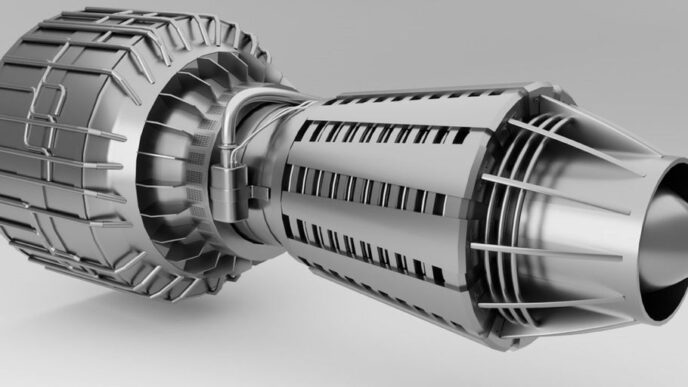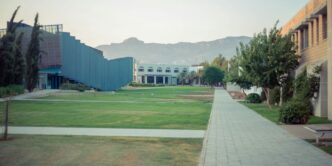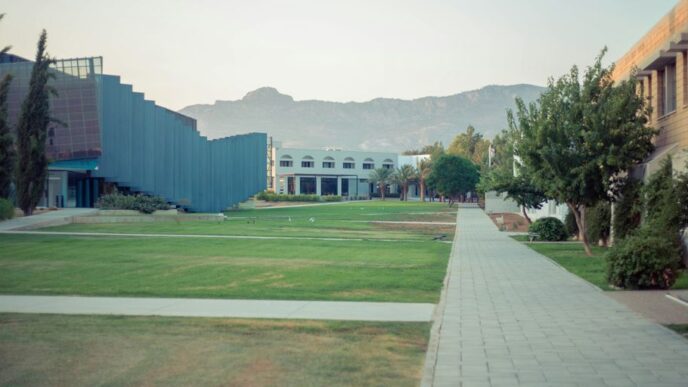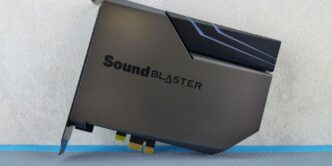Construction has involved a series of balances since there have been buildings and houses, and since there have been builders and architects; a balance between form and function, between design ambitions and budgetary constraints, and between artistic expression (as manifest in the works of architects) and the practical considerations for construction materials.
A new generation of stronger, lighter, and more sustainable building materials is on the way to addressing the construction industry’s most pressing issues. Natural disasters and high costs, as well as environmental concerns and negligence, make it difficult for the industry to meet demand while maintaining output. Building projects consume 50% of our natural resources, resulting in increased costs, disrupted construction times, and waste materials.
Materials and ideas evolve and innovate with each passing year, building on the foundations laid by decades upon decades of previous architectural feats. New building materials enable architects to better realize their vision by fortifying structures with increased strength, durability, and flexibility.
Hollow Clay Bricks
Can we use traditional materials in an inventive way to solve our problems and assist building users in controlling the heat entering a building? Clay bricks are the solution to this problem. The unusual shape of this brick aids greatly in blocking the sun and allowing the building to breathe through its hollow cores that allow air to pass through.
This structure reduces noise intrusion from the building’s exteriors while also contributing to the thermal comfort of the building’s users. The 3D properties give the facade an aesthetic appearance and can be used to form various shapes and patterns on the wall exteriors.
Aluminum Foam
These panels are created by injecting air into molten aluminum and then, when the air bubbles stabilize, forming foam panels with interesting patterns and layers for opacity, texture, transparency, and brightness. The foam panels can be formed with various densities, shapes, and visibility depending on the manufacturing process.
These sound-absorbing panels create patterns in the interiors and play a significant role in shades and shadows. The use of aluminum foam on the facade demonstrates the totalitarian and infinite nature of the structure while also adding identity to it. Its production divides the material into three types: small, medium, and large aluminum cells. This material classifies the future of metal facades with breathing pores by giving them a “frothy” appearance.
Modular Bamboo
Modular Bamboo is the most adaptable building material available. This material can take any shape in renovation and also act as a major earthquake-proof structure in various parts of the world due to its light weight, abundance, and strength. Bamboo can grow to be 4 feet tall in a matter of hours and is widely used in low-cost housing in the Philippines, Indonesia, and other low-lying islands.
Cross Laminated Timber
Cross Laminated Timber or CLT is a resilient and sustainable type of engineered wood that does not require the use of any fossil fuels throughout its renovation. It is created by gluing layers of solid-sawn lumber together, with the layers that lay perpendicular to each other, giving it greater tensile and compressive strength. CLT, which originated in Europe and is now widely used around the world, is an outstanding building material due to its quick production, high quality, and design flexibility.
The initial material costs are higher, but when the total building costs are considered, it saves money. Designers and builders are now developing CLT-based skyscrapers due to their natural-looking aesthetics and strength.
Transparent Concrete
The concrete structure is known for its stability rather than its excellent lighting. That is until translucent concrete began to appear on the market. This is the best innovation in building materials for furnishing purposes.
Translucent concrete is made by combining glass fiber optical strands to form a solid but sheer block. Transparent concrete, known as LitraCon, can be utilized in flooring and pavement.
According to research and testing on transparent concrete, optical fibers account for only 4% of the mixture. As a result, it demonstrates that concrete blocks made from this material can still support load-bearing walls.
Key Takeaway
These radical innovations, in addition to being functionally necessary, result in more sophisticated, revolutionary methods of construction. New technologies, whether designed especially for buildings or for other fields have the power to affect lifespan, appearance, and functionality.
As materials advance and become more sophisticated, so are the buildings in which they are used. In this section, we’ll look at the materials being used by architects, designers, and scientists that have the potential to change the foundations of the construction industry in the near coming years.

